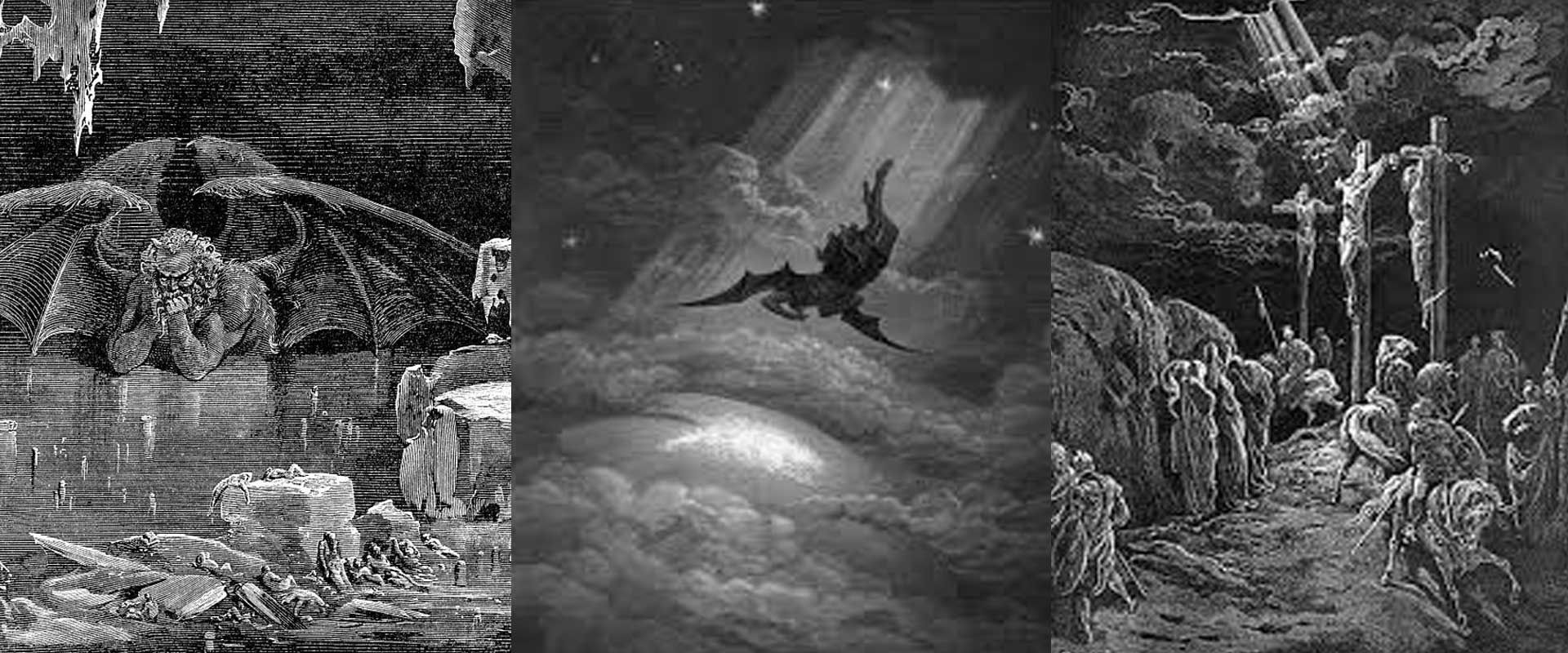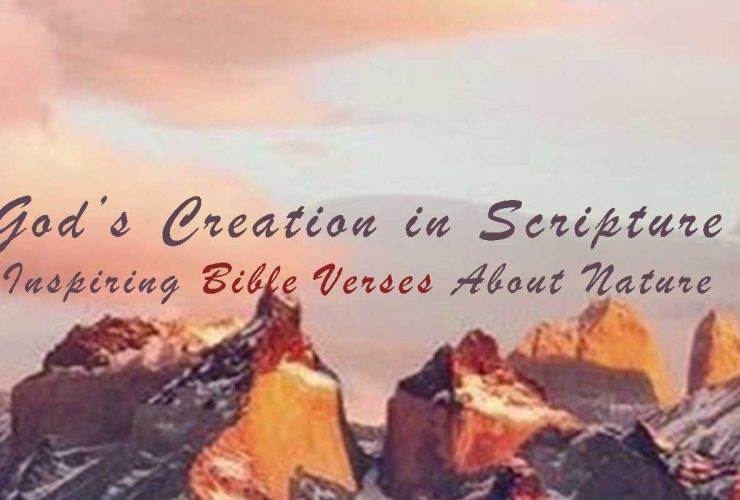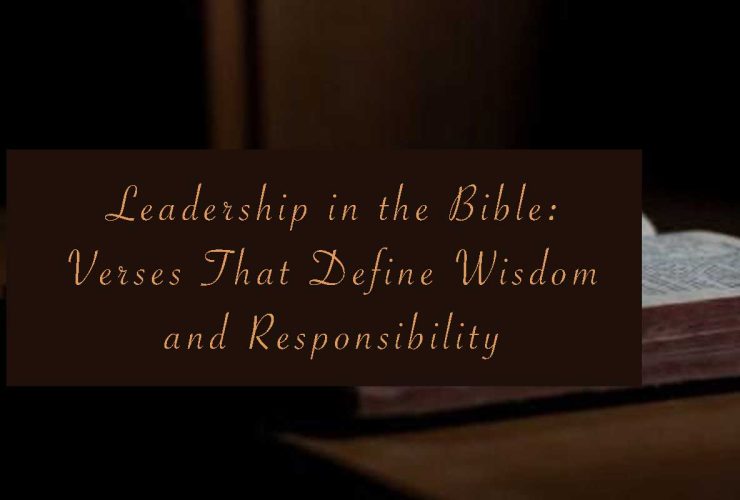When discussing religious art history, the names that often come to mind are Michelangelo, Raphael, or Caravaggio. Yet, in the 19th century, Paul Gustave Doré transformed the way faith was visualized for the modern world. While he did not paint vast frescoes or altarpieces, his engravings of the Bible, Dante’s Divine Comedy, and Milton’s Paradise Lost reached wider audiences than many Old Masters ever could. Doré’s ability to combine artistic drama with theological meaning made him one of the most influential illustrators in the history of sacred art.
Exploring Paul Gustave Doré’s contribution to religious art history reveals how his engravings bridged the gap between Renaissance grandeur and modern illustration, ensuring that sacred narratives remained visually powerful in an industrial, printed age.
Doré’s Role in 19th-Century Religious Art
By the mid-1800s, Europe was undergoing vast changes—industrialization, scientific discovery, and shifting religious landscapes. In this environment, Doré became the artist who gave spirituality a visual voice for a new era. Unlike Renaissance artists working with churches and patrons, Doré created works that were printed, distributed, and owned by ordinary people. His engravings reached homes, schools, and congregations worldwide, giving sacred texts new visual life.
The Bible – Doré’s Monumental Sacred Achievement
Doré’s illustrated Bible (1866) stands as his greatest contribution to religious art. With over 200 engravings, it covered stories from Genesis to Revelation.
- Creation and Genesis: Doré visualized the beginning of time with awe-inspiring grandeur, showing light breaking through cosmic darkness.
- Exodus and Prophets: His engravings of Moses parting the Red Sea and Ezekiel’s visions captured divine power and prophetic intensity.
- Life of Christ: Doré’s depictions of Christ emphasized compassion and suffering, from gentle miracles to the dramatic Crucifixion.
- Revelation: His apocalyptic engravings of angels, trumpets, and the New Jerusalem remain some of the most iconic in sacred art.
These works combined epic scale with emotional depth, allowing viewers to experience scripture visually as never before.
Dante’s Divine Comedy – Heaven, Hell, and Eternity
Doré’s engravings for Dante’s Divine Comedy (1861–1868) represent another milestone in religious art. His Inferno engravings, with their writhing figures and monstrous demons, gave a terrifying face to sin and punishment. His Paradiso engravings, filled with radiant circles of angels and cosmic light, provided an enduring vision of Heaven.
As seen in Paul Gustave Doré’s Engravings of Dante’s Divine Comedy, Doré’s images defined how generations visualized Dante’s epic, making them as influential as medieval frescoes or Baroque paintings.
Paradise Lost – The Apocalyptic Battle
In 1866, Doré turned to John Milton’s Paradise Lost. Here, religious art meets cosmic drama: Satan’s rebellion, the battle of the angels, and humanity’s fall. Doré portrayed Satan not as a grotesque monster but as a tragic, almost heroic figure—majestic, proud, but ultimately doomed.
These engravings influenced how modern culture sees Satan, shaping not only religious art but also literature and cinema.
Doré’s Religious Works and Their Impact
| Work Illustrated | Key Religious Themes | Doré’s Contribution | Historical Impact |
|---|---|---|---|
| Bible (1866) | Creation, Exodus, Christ’s life, Revelation | Made scripture accessible through 200+ engravings | Became the most influential illustrated Bible of its time |
| Divine Comedy (1861–68) | Heaven, Hell, eternal judgment | Defined the visual imagination of Dante’s afterlife | Shaped global imagery of Heaven and Hell |
| Paradise Lost (1866) | Fall of Satan, rebellion, humanity’s fall | Balanced grandeur with psychological depth | Redefined the image of Satan in religious art |
Doré’s Contribution to Religious Art History
Doré’s contribution can be summarized in three key ways:
- Accessibility: Unlike frescoes locked in chapels, Doré’s engravings were printed and widely distributed, bringing sacred art into homes worldwide.
- Emotional Power: His use of line and shadow conveyed awe, terror, sorrow, and hope with unmatched intensity.
- Cultural Influence: His engravings became reference points for how people imagine biblical and apocalyptic scenes, influencing religious prints, church art, and even modern films.
As noted in Paul Gustave Doré’s Dramatic Bible Illustrations, Doré did not just illustrate scripture—he defined its imagery for generations.
Lasting Legacy
Doré’s engravings remain some of the most reproduced sacred images in history. They influenced stained glass designs, devotional art, and cinematic epics. His apocalyptic visions of Revelation continue to inspire artists exploring themes of eternity and divine justice.
More than a century later, Doré’s engravings still adorn Bibles, prayer books, and collections, testifying to their timeless power. His contribution to religious art history lies in making the eternal visible to ordinary people—bridging faith and imagination through his craft.
Conclusion
Paul Gustave Doré’s contribution to religious art history is profound. By illustrating the Bible, Dante’s Divine Comedy, and Milton’s Paradise Lost, he shaped the way humanity envisions Heaven, Hell, and eternity. Unlike artists confined to cathedrals, Doré democratized sacred imagery, ensuring that divine visions reached every household.
For modern admirers, curated Paul Gustave Doré art prints or spiritual artworks continue his legacy, making his timeless engravings part of contemporary life.
FAQs on Doré’s Contribution to Religious Art
Why is Doré important in religious art history?
Because he made sacred narratives widely accessible through engravings, shaping how generations visualize the Bible, Dante, and Milton.
What is Doré’s most famous religious work?
His illustrated Bible (1866), which contained over 200 engravings and became the most influential illustrated scripture of the 19th century.
How did Doré change the way we see Dante’s Divine Comedy?
His engravings became the standard for visualizing Hell, Purgatory, and Heaven, influencing art, film, and literature worldwide.
Did Doré’s religious engravings influence modern culture?
Yes. They inspired church art, Gothic literature, fantasy illustration, and cinematic depictions of Heaven, Hell, and the apocalypse.
Where can Doré’s religious art be seen today?
In libraries, museums, and reprinted collections, as well as through curated art print collections for homes and spiritual spaces.





